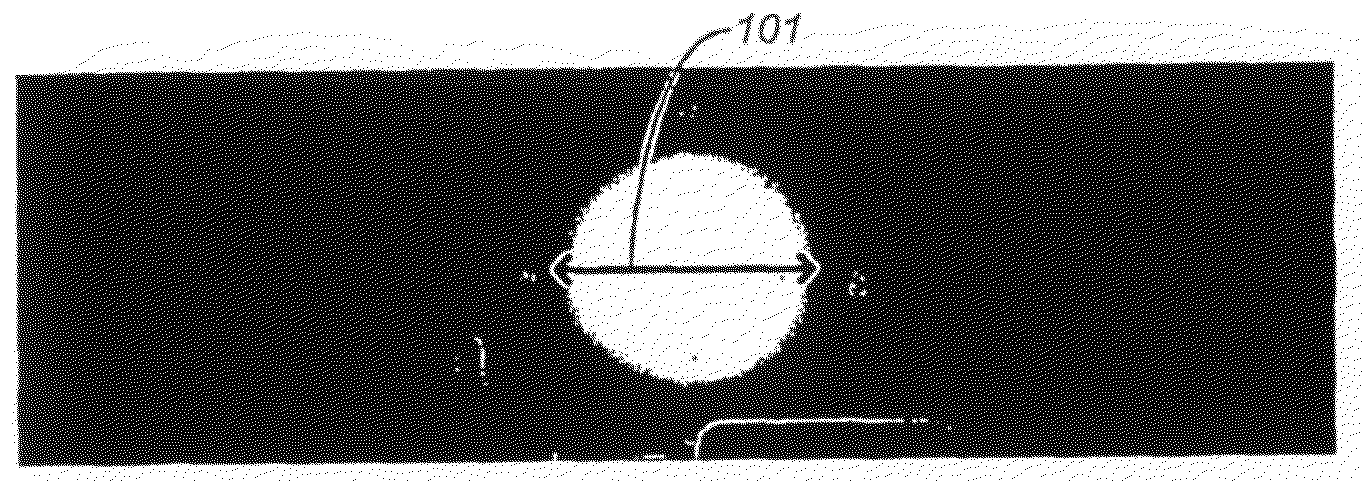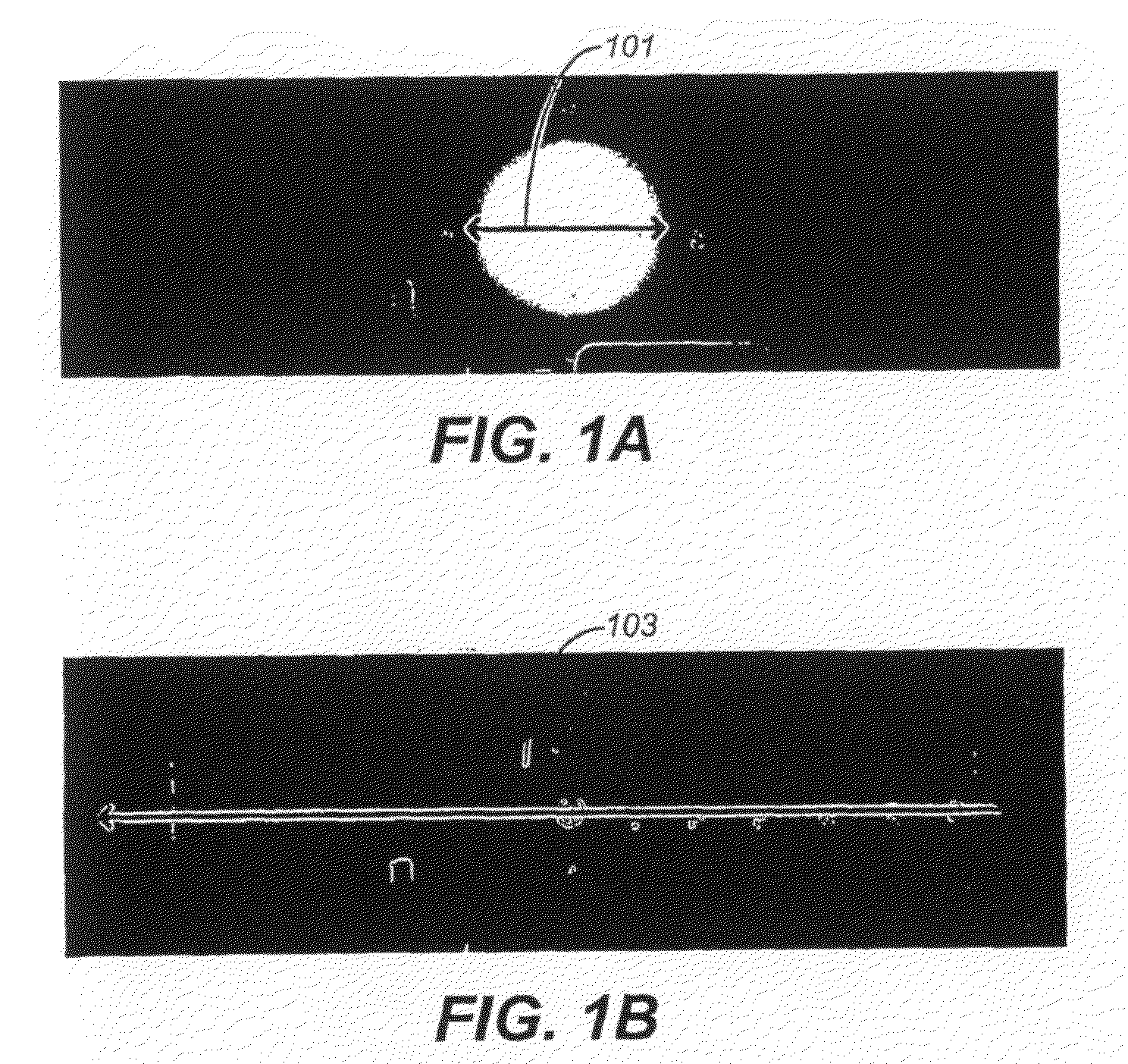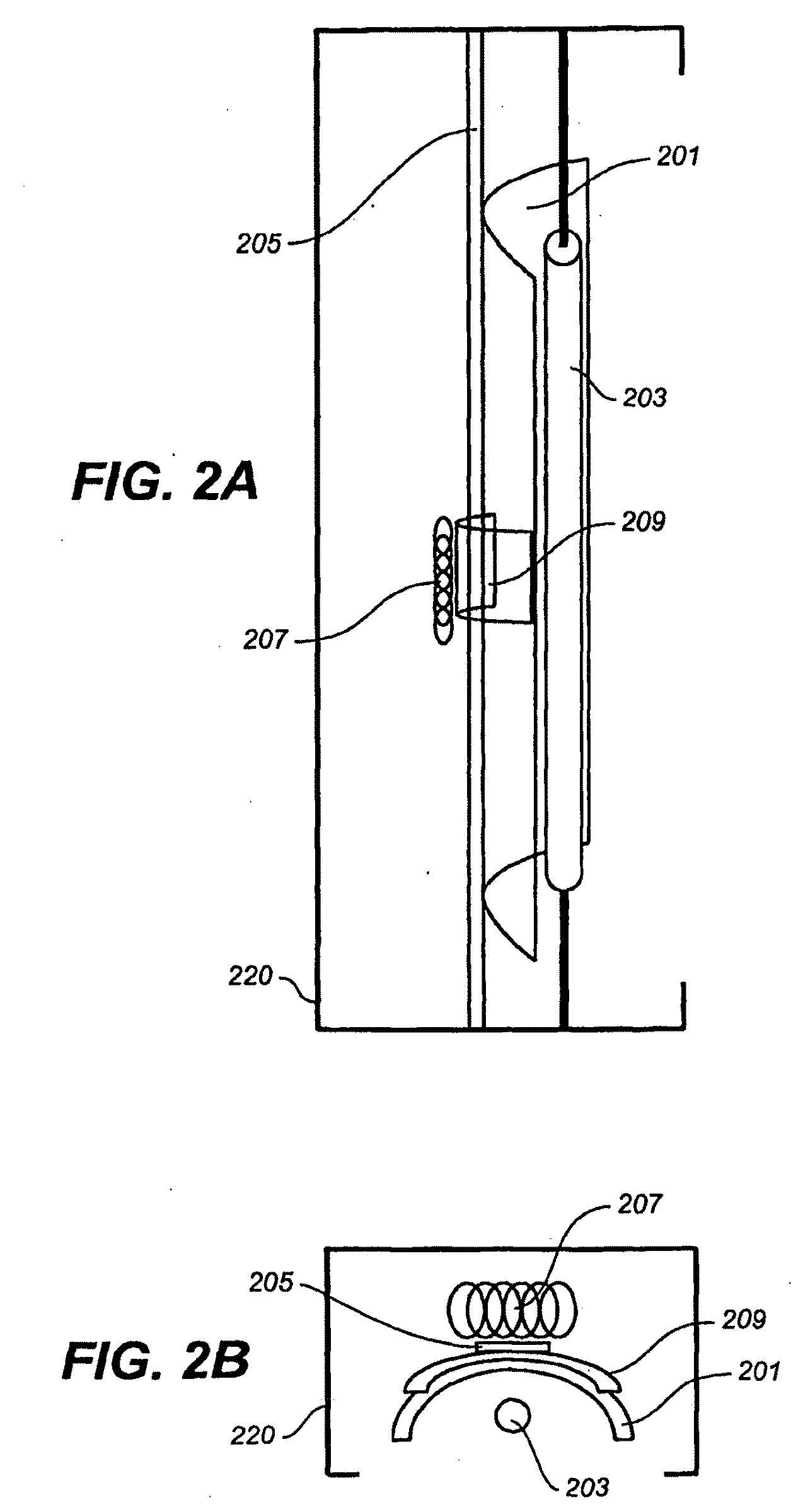Devices and Methods for Resonant Illumination
a technology of resonant illumination and devices, applied in semiconductor devices, lighting and heating apparatus, instruments, etc., can solve problems such as significant problems, reduced illumination coverage area, and undesirable use of large-power traditional light bulbs
- Summary
- Abstract
- Description
- Claims
- Application Information
AI Technical Summary
Benefits of technology
Problems solved by technology
Method used
Image
Examples
Embodiment Construction
[0066]Described herein are devices, systems and methods for providing area illumination by resonant oscillation of one or more mirrors. Such devices, systems and methods may offer enhanced illumination with minimal power consumption. These devices may be referred to as “resonant engines,”“resonant lighting,” or “resonant engines for adjustable light.” Thus the systems may be referred to as “R.E.A.L” systems (“resonant engines for adjustable light” systems) or resonant engine systems.
[0067]In general, the devices described herein include a mirror (or multiple mirrors) that is mounted to a bias. The mirror and bias may form a mirror subassembly that is attached to an engine support (e.g., housing). The mirror subassembly may include additional components (e.g., a rotor or other portion of the mirror driver), and is typically mounted so that it may be moved (e.g., oscillated) in a substantially undamped fashion continuously at or near the resonant frequency of the mirror subassembly. T...
PUM
 Login to View More
Login to View More Abstract
Description
Claims
Application Information
 Login to View More
Login to View More - R&D
- Intellectual Property
- Life Sciences
- Materials
- Tech Scout
- Unparalleled Data Quality
- Higher Quality Content
- 60% Fewer Hallucinations
Browse by: Latest US Patents, China's latest patents, Technical Efficacy Thesaurus, Application Domain, Technology Topic, Popular Technical Reports.
© 2025 PatSnap. All rights reserved.Legal|Privacy policy|Modern Slavery Act Transparency Statement|Sitemap|About US| Contact US: help@patsnap.com



